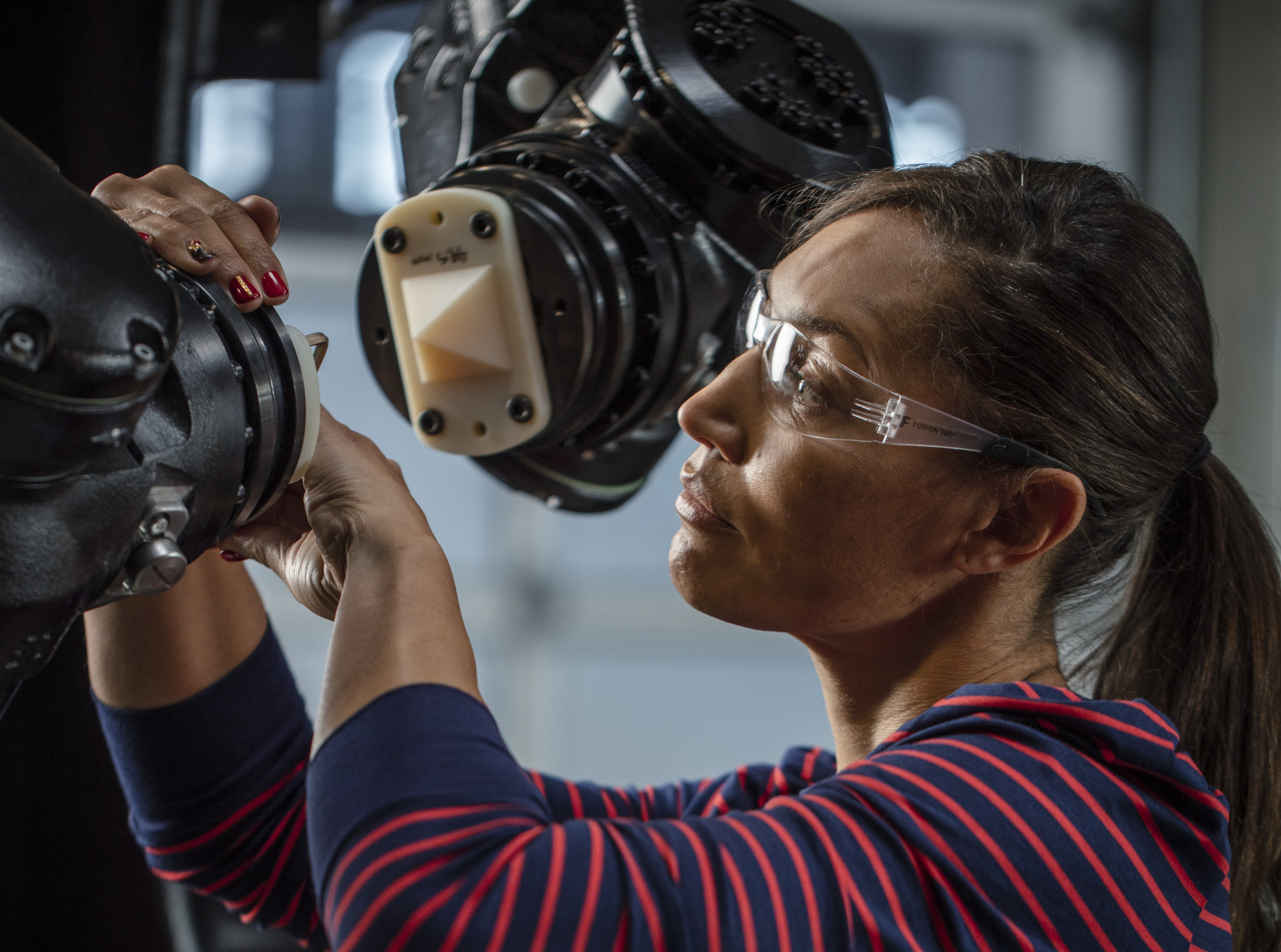Digital Upskilling: Learning for the Future of Work

Automation can take many forms, from steam turbines to industrial robots to design software. Anytime a technology replaces work done by a person, that’s automation. And as our automation changes, our work changes, too.
It’s not new—humans have been adapting their abilities to new kinds of automation for centuries. But the changes are coming more rapidly than ever before. The World Economic Forum’s Future of Jobs Report estimates that automation could displace 85 million jobs by 2025. That may sound scary, but the report goes on to say that automation will also create 97 million new jobs—a net gain of 12 million jobs. This means that half of all workers will require upskilling or reskilling, according to the report.
So what kinds of skills will serve you well in the automated future? As a recent piece in Redshift shows, there will be new opportunities for working on and with automation, and for working with people. Check out some AU learning to help you adapt.
Working on automation
Automation doesn’t just happen: people have to make it (sometimes with the help of automation). Whether it’s building and maintaining machines, training robots, or developing software, we’ll see many new roles emerge that help shape the technology that shapes the future.
- Stefanie Pender shows you how to program industrial robot arms in Fusion 360, then test and validate your robot code using a virtual robot simulator in Learn the Rules, Then Break Them: Fusion 360 for Industrial Robot Arms.
- Computer Numeric Control systems enable us to automate delicate milling operations. Mark Terryberry shares his CNC Programming experience and talks about related career possibilities.
- The Forge platform gives you control over your design tools and your design processes, but you have to know your way around the APIs. In the Forge Certified Systems Integrator Panel, experts share their experience automating workflows within existing systems and discuss the opportunities that await those who become Forge Certified Systems Integrators.
- In her AU Theater talk, Future Workflows for Robotic Fabrication, Heather Kerrick shares how teams within Autodesk are building new, more intuitive ways to interact with automation, including her team’s CIRA tool that enables robots to assemble products from an exploded 3D model.
Working with automation
With more (and more intelligent) automation available to help us, our ability to collaborate with our tools continues to evolve. That could mean many things, from collaborating with generative design for optimal manufacturing or architecture solutions to using an autonomous laser scanner for construction site progress monitoring.
- In Generative Design in Revit, Lilli Smith explores how users are harnessing generative design in Revit, the value of generative design, and where it's headed in the future.
- Krystian Motawa and his team explore the newest generative design capabilities in Fusion 360—named Experimental Solvers—that let you see new outcomes with sophisticated shapes.
- And in the world of construction, automation can mean anything from large-scale additive concrete manufacturing to agile fabrication systems using robotic arms, as Johannes Braumann explains in his AU 2020 Theater talk.
Working with people
People will always be essential to our processes, and only people can manage those people—and those processes. Building your leadership skills, your abilities to connect and empathize, and your strategic foresight are important ways to develop and extend your career.
- Desiree Mackey shares leadership techniques for our current age of cloud collaboration with Evolving Soft Skills for Remote Management.
- Adopting the right technology matters, and only people can make the decisions on that adoption strategy. In Technology Adoption: Two Distinct Strategies for Success, learn how to refine your strategies and create a personalized approach to training.
- A key part of investing in technology is gaining the support necessary to make it happen. David Francis shows you how to calculate and demonstrate the ROI of Technology in Construction.
Each of us needs to find our own place in the future of work, building on our talents and learned skills. Whatever path you choose, continued professional learning is essential. And that’s what we’re all about at Autodesk University. When you’re ready to learn, we’re ready, too.




